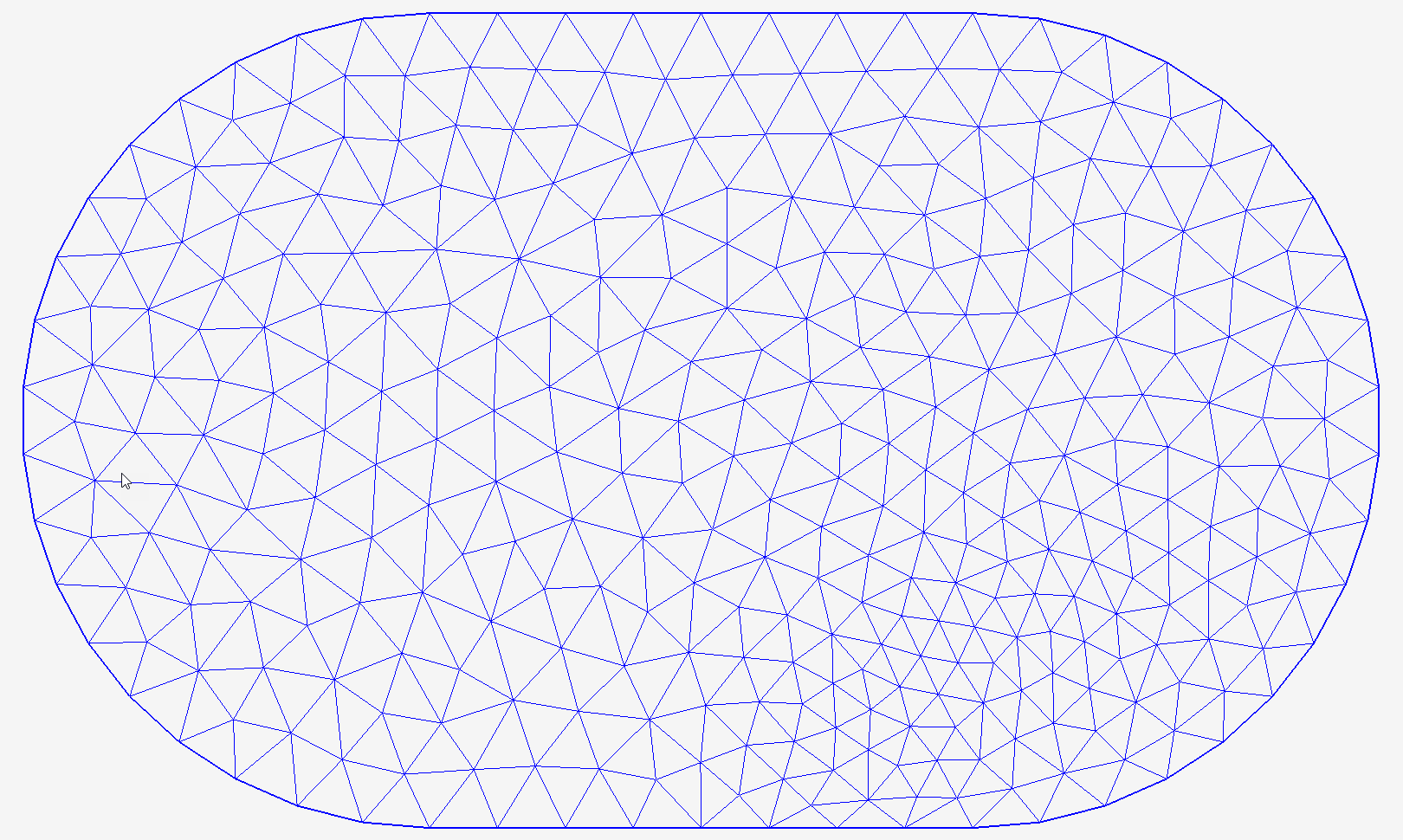Take a look at https://github.com/wo80/Triangle.NET/blob/f70be6a937c4c447b4cee05505d7ee2b75d68e62/src/Triangle/Meshing/QualityMesher.cs#L733-L744
If area constraints are imposed, Triangle.NET falls back to the classical Ruppert refinement algorithm, which is known to perform bad for large minimum angles, see https://www.cise.ufl.edu/~ungor/aCute/quality.html
If you comment out the if-else and always use the aCute algorithm, the geometry you provided will be refined as expected. I cannot remember, why I chose to leave the original algorithm in place, but I think there were crashes for some input geometries. Not sure when I find the time to look into this...
 However, the same did not happen with the following test case (which is different from the previous one, although similar), even after removing the fallback to Ruppert's algorithm.
However, the same did not happen with the following test case (which is different from the previous one, although similar), even after removing the fallback to Ruppert's algorithm. 25 as minimum angle:
25 as minimum angle:
 No minimum angle constraint:
No minimum angle constraint:


When attempting a simple meshing operation on consistent file
ig.poly, I obtain elements whose sizes vary.Attached files:
ig.polytm.eletm.polygeometries.tar.gz